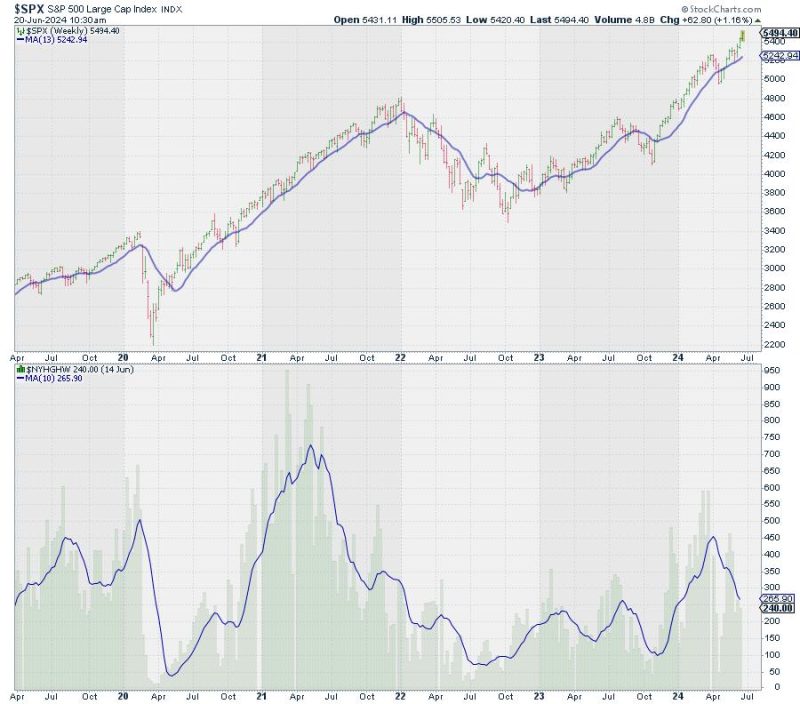Price Pays, But for How Long?
In the world of economic theories and business strategies, the concept of pricing plays a crucial role in determining the success and sustainability of a product or service. Price is not just a number; it is a strategic tool that can impact various aspects of a business, from profitability to market positioning. However, the question that often arises is, how long can price continue to be the driving force behind a company’s growth and success?
The Phenomenon of Price
Price is often the first touchpoint between a customer and a product. It can communicate value, quality, and exclusivity. For many businesses, especially in competitive markets, price becomes a key differentiator. Companies may adopt pricing strategies such as penetration pricing to gain market share quickly or premium pricing to position themselves as a luxury brand. In both cases, price is a powerful tool that can influence consumer perception and behavior.
However, relying solely on price as a competitive advantage may not be sustainable in the long run. Customers are becoming increasingly discerning and informed, thanks to the proliferation of information online. They are not just looking for the cheapest option but also value factors such as quality, service, and brand reputation. In this context, a company that relies solely on low prices may find it challenging to retain customers once competitors offer similar products or services at a comparable price.
The Pitfalls of Price-Centric Strategies
While price can attract customers in the short term, it may not always result in customer loyalty or long-term profitability. Price wars, where competitors continuously lower prices to gain market share, can erode profit margins and create a race to the bottom. This unsustainable pricing strategy may harm the brand’s image and impact customer perception of quality and value.
Moreover, price-centric strategies may hinder innovation and investment in other areas of the business. By focusing primarily on offering the lowest price, companies may neglect product development, customer service, or marketing efforts that can enhance the overall customer experience. In the long run, this approach can limit the company’s ability to differentiate itself and create sustainable growth.
The Shift Towards Value-Based Pricing
In response to the limitations of price-centric strategies, many companies are shifting towards value-based pricing. This approach focuses on understanding the customer’s perception of value and pricing the product or service accordingly. Instead of competing solely on price, companies aim to communicate the unique value propositions that differentiate their offering from competitors.
Value-based pricing allows companies to capture the value they create for customers more effectively. By aligning pricing with the perceived value of the product or service, businesses can increase profitability, build customer loyalty, and differentiate themselves in the market. This approach also encourages companies to focus on delivering exceptional customer experiences and continuously improving their offerings to meet customer needs.
In Conclusion
Price is undeniably a critical element in the business landscape, but its effectiveness as a competitive tool may be limited in the long term. Companies that rely solely on low prices risk entering into a downward spiral of price competition and diminishing returns. To achieve sustainable growth and profitability, businesses must shift towards value-based pricing strategies that focus on delivering exceptional value to customers and fostering long-term relationships. By understanding and communicating the unique value propositions that set them apart, companies can create a loyal customer base and thrive in competitive markets.
